Pets thrive when we get the basics right: food, vet care, safety, enrichment, and training. Many owners slip on small habits that add up to big health or behavior issues. The points below use current veterinary guidance and real numbers so you can spot and fix common mistakes fast. Think measured meals, annual checkups, prevention that runs year round, and reward-based training that builds trust. A few quick tweaks can extend healthy years and prevent emergencies before they start.
1. Free-feeding and extra treats
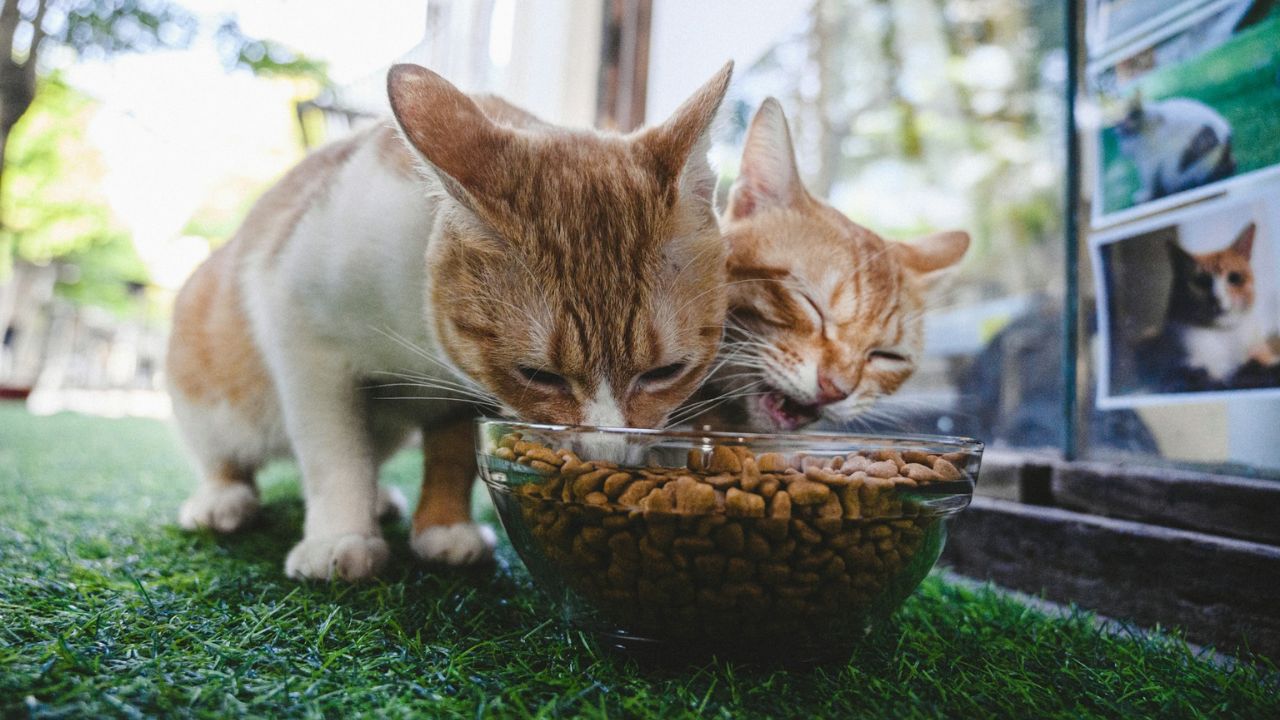
Letting the bowl stay full sounds kind, but it drives weight gain. Recent surveys suggest roughly six in ten U.S. dogs and cats are overweight or have obesity. Extra pounds raise risks for arthritis, diabetes, and shorter lifespans. Switch to measured meals, log treats as calories, and use a kitchen scale for accuracy. Ask your vet for a target body condition score and learn the rib test. Weigh food once, then record the scoop level that matches the grams. Small, steady changes beat crash diets and help pets feel energetic without constant hunger.
2. Skipping dental care

Bad breath is not normal; it often signals dental disease. Clinic reports show well over half of dogs and many cats have tartar or gingivitis by midlife. Inflammation hurts, spreads bacteria, and can strain the heart and kidneys over time. Brush with pet toothpaste several times a week, offer approved chews, and plan periodic professional cleanings. Start with a finger brush, keep sessions short, and reward calm. Healthier mouths mean better appetites, fresher breath, and fewer painful surprises at checkups.
3. Guessing food portions

Eyeballing kibble is inaccurate; owners can miss by large margins with scoops. A simple kitchen scale removes guesswork and keeps weight steady. Ask your vet for a daily gram target based on age, activity, and ideal size, then adjust every few weeks using body condition scoring. Split meals to reduce begging, and count treats toward the total. If you rotate foods, transition gradually to protect digestion. Consistent portions protect joints, energy, and long term health better than saying “about a cup”.
4. Skipping microchips or not updating info

Collars slip; microchips do not. Return-to-owner rates jump dramatically when pets are chipped and registered. Dogs are far more likely to get home, and cats improve from almost never to many times higher when contact info is current. Confirm the chip number, register with a national database, and update after any move or phone change. Add an ID tag for quick calls. Shelters and most clinics can scan in seconds, but only a current registration links back to you. Combine with secure fences and leashes so curiosity never becomes a heartbreaking missing poster.
5. Missing heartworm tests and prevention
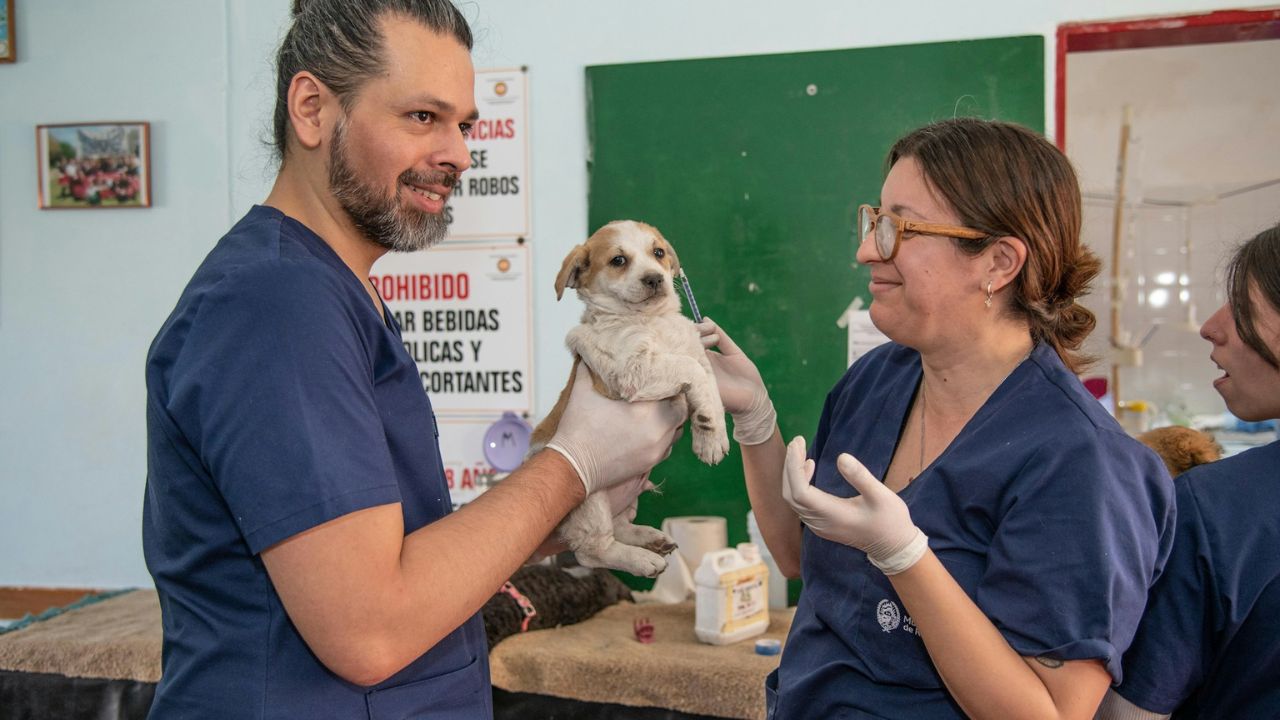
Heartworm spreads through mosquito bites and has been diagnosed in all lower forty-eight states. Infections damage lungs and the heart long before obvious signs appear. Vets recommend annual tests and year round prevention, even for indoor pets that still meet mosquitoes. Missing doses risks costly treatment and weeks of restricted activity. Set monthly reminders, keep refills synced, and test on schedule. Pair prevention with yard care that reduces standing water, and use screens. Early protection is kinder and far cheaper than cure.
6. Feeding unsafe human foods
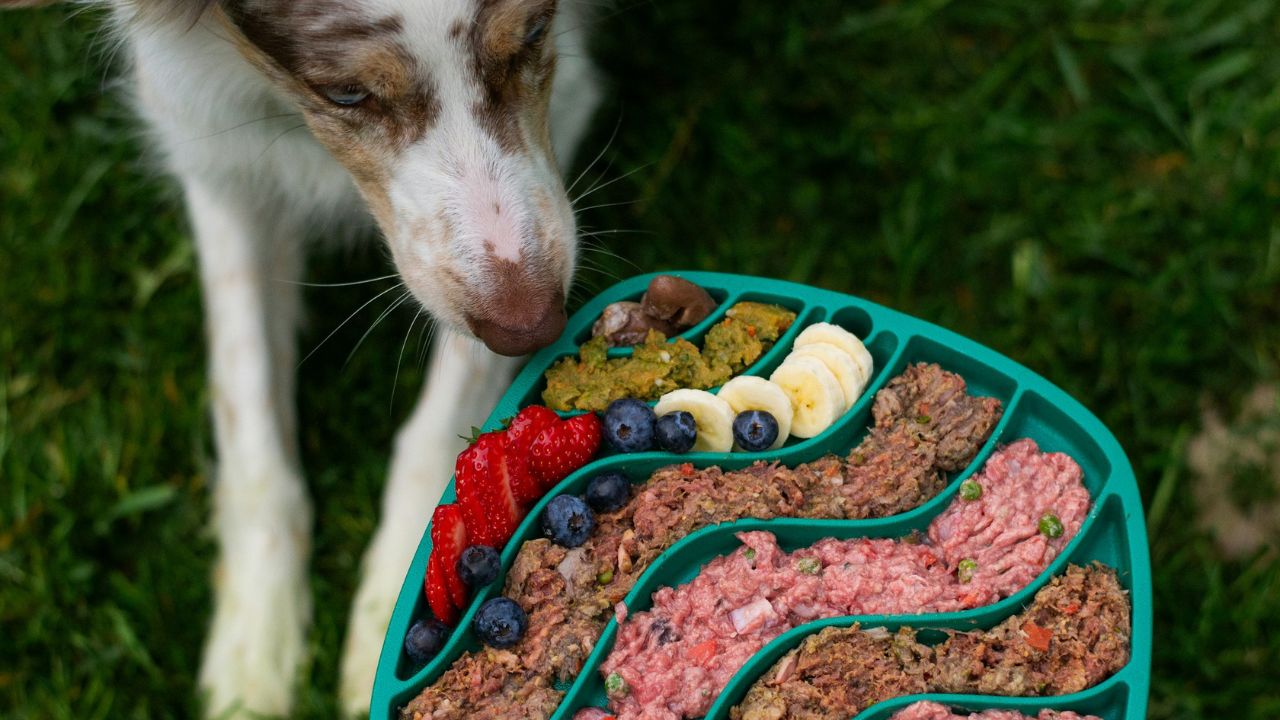
Chocolate, xylitol gum, grapes and raisins, onions, and many human medicines send thousands of pets to poison hotlines each year. Even small amounts can be dangerous. Store sweets and sugar-free items out of reach, and teach kids not to share snacks. If your pet ingests something questionable, call your veterinarian or a poison helpline immediately; fast action matters. Bring packaging to the clinic for dosing details. Safer treats include carrots, green beans, or vet-approved chews in moderation.
7. Leaving pets in parked cars

Heat builds fast in parked cars. Interior temperatures can jump by about twenty degrees Fahrenheit in ten minutes and keep rising, even with windows cracked. On a mild seventy degree day, a cabin can exceed one hundred quickly. Dogs cannot shed heat as efficiently as humans and risk fatal heatstroke. The safest rule is simple: never leave pets in vehicles, even for a minute. Plan curbside pickups, travel with a friend, or skip errands when pets must come along. Carry water and a collapsible bowl, and pick shaded rest stops so pets cool out before the next stretch.
8. Delaying puppy socialization

Waiting to socialize puppies until all shots are finished can backfire. The most important window is the first three months, when gentle exposure shapes lifelong confidence. Well-run classes that verify vaccine status can start around seven to eight weeks after initial shots. Pair new sights, sounds, people, and surfaces with treats and distance to keep experiences positive. Avoid dog parks and unknown animals. Early, thoughtful socialization lowers fear, bite risk, and future behavior problems by building resilient, optimistic habits early.
9. Ignoring flea and tick prevention
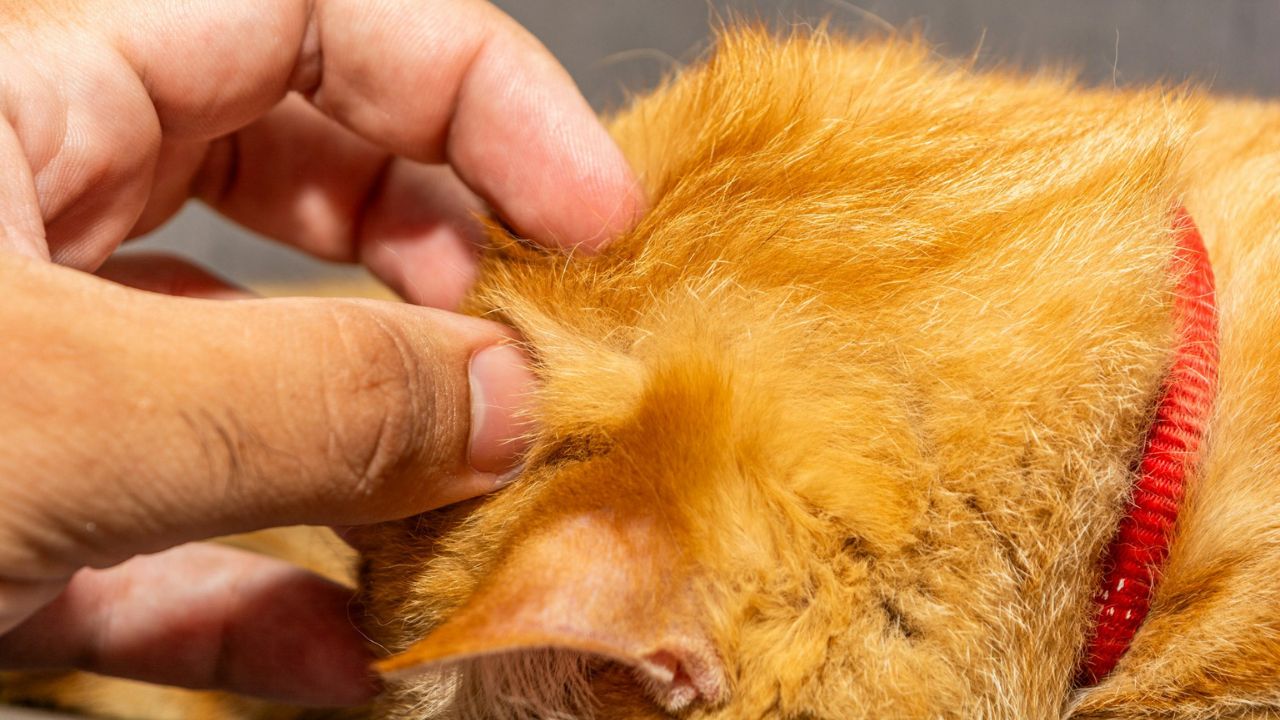
Ticks and fleas are expanding into more regions, bringing diseases like Lyme, anaplasmosis, bartonella, and tapeworms. Year-round prevention is recommended in most areas, with monthly or long-acting options for dogs and cats. Check pets after hikes or yard time, especially around ears, armpits, and between toes. Remove ticks promptly with fine tweezers. Treat the home and yard if infestations start. Preventives cost less than treating illness and help avoid itching, hot spots, and infections that can linger.
10. Using punishment-based training
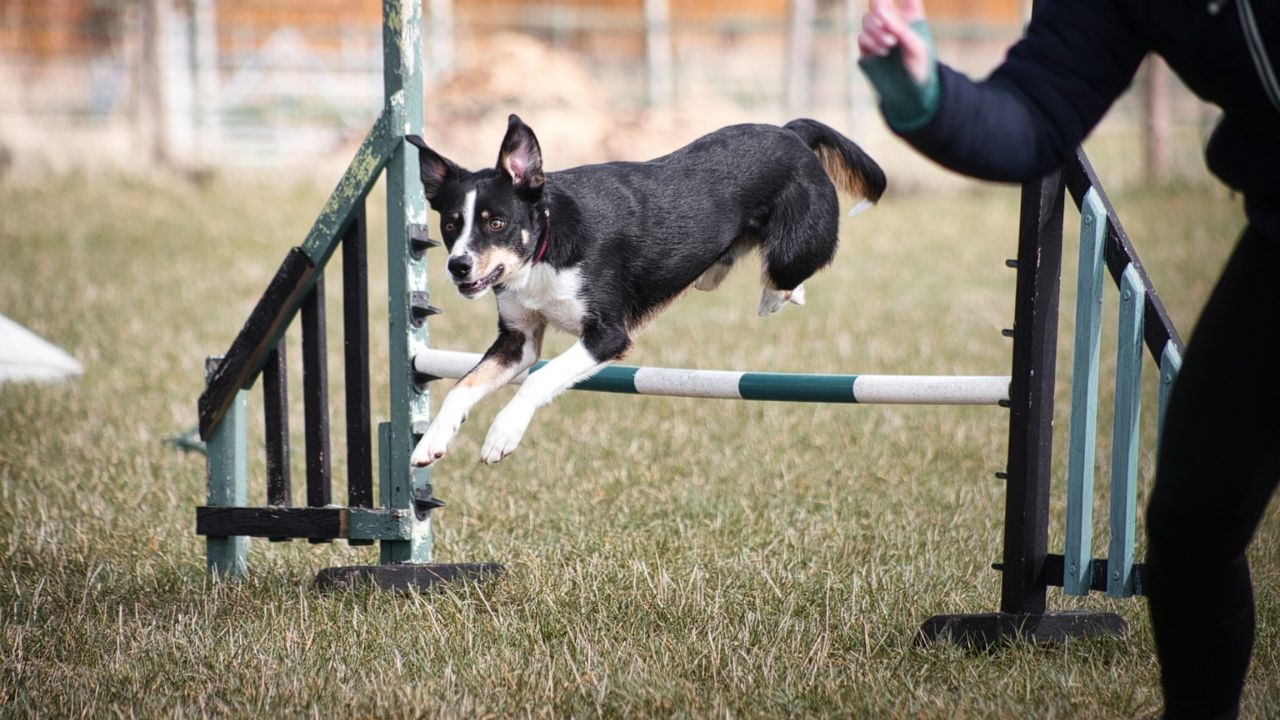
Shock collars, harsh leash corrections, and intimidation often increase fear and aggression. Modern veterinary behavior groups recommend reward-based methods because animals learn faster and trust grows. Reinforce the behaviors you want, manage the environment to prevent mistakes, and give clear, consistent cues. Use high-value treats, toys, or praise to mark success. For tough cases, hire a certified trainer who avoids punishment tools. Calm, positive training supports safety, improves recall, and strengthens the bond.


